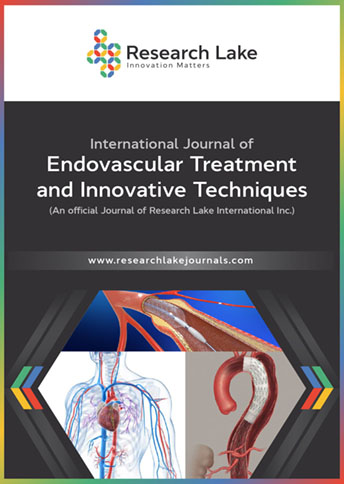Design of ROSES Application to Endocranial Procedures with AI Help
Abstract
This article presents the application of the ROSES system in intracranial procedures, integrating artificial intelligence (AI) to enhance precision and safety. The system uses advanced robotic actuators and disposable tools to manage microcatheters and guidewires, enabling efficient stent placement while minimizing contact with aneurysms. By leveraging angiographic data to create 3D vascular models, the AI determines optimal pathways, calculates stent dimensions, and identifies critical curvatures. This approach allows for automated or manual intervention based on procedural requirements, reducing the need for physician presence during high-risk stages. The innovation significantly lowers radiation exposure and improves procedural outcomes in complex intracranial surgeries, offering a promising step toward more autonomous endovascular systems. Importantly, this system reduces the necessity for a doctor to be physically present with the patient, as the AI and robotic components can manage much of the procedure remotely. This advancement could greatly enhance the efficiency and safety of medical procedures.
Copyright (c) 2024 Guido Danieli, Salvatore De Rosa, Olindo Di Benedetto, Pasquale Francesco Greco, Ciro Indolfi, Gabriele Larocca, Stefano Loizzo, Massimo Massetti, Emanuele Tinelli, Giovanni Tinelli, Umberto Sabatini, Yamume Tshomba

This work is licensed under a Creative Commons Attribution-NonCommercial 4.0 International License.
Copyright © by the authors; licensee Research Lake International Inc., Canada. This article is an open access article distributed under the terms and Creative Commons Attribution Non-Commercial License (CC BY-NC) (http://creativecommons.org/licenses/by-nc/4.0/).











